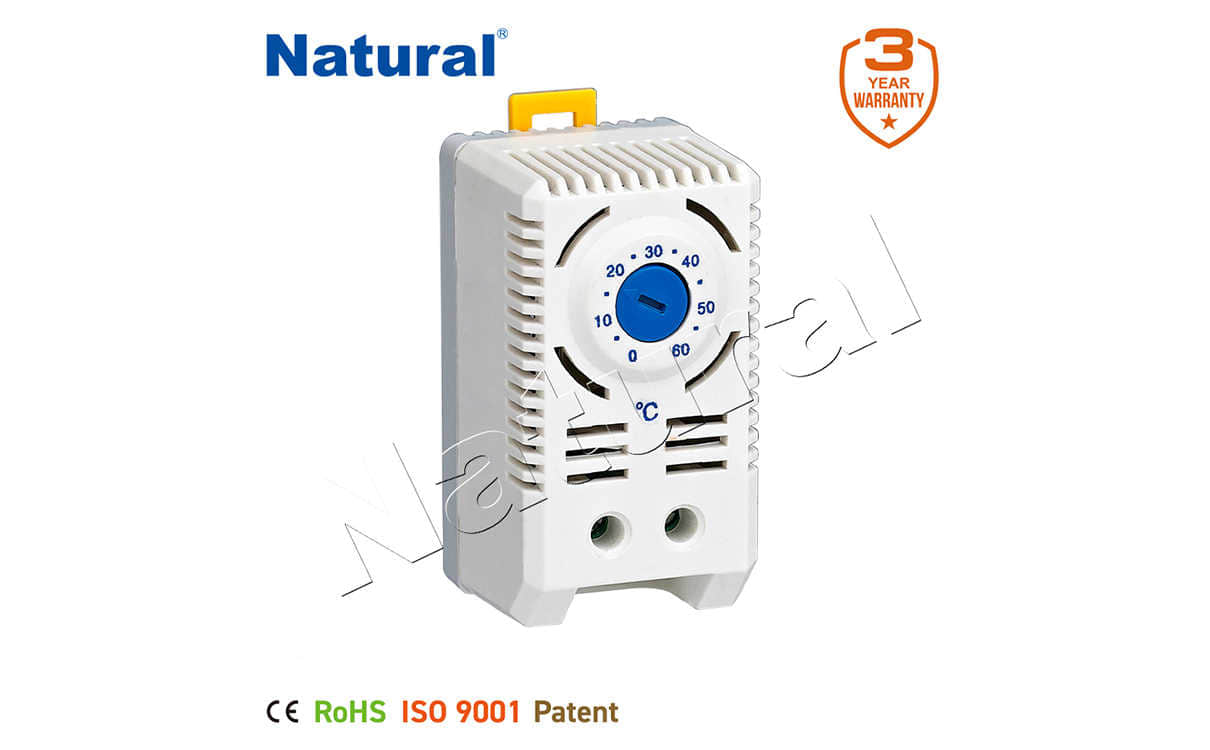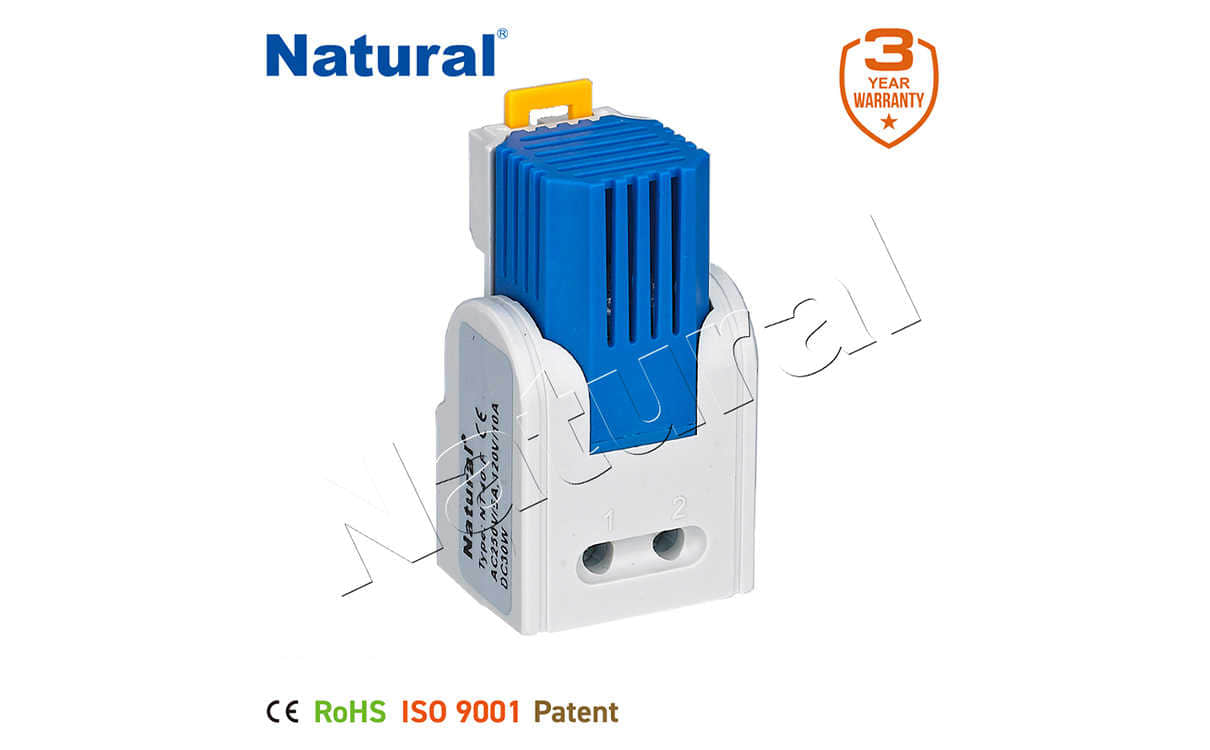the natural principles behind a differential thermostat
Release time:2025-03-26 12:44:47
A differential thermostat is a device designed to regulate the temperature of a system by comparing two temperature readings and activating or deactivating a heating or cooling mechanism based on the difference between them. Unlike standard thermostats that simply control the temperature to reach a desired point, differential thermostats operate by detecting the difference between the temperature of two separate points, making them ideal for applications where specific temperature variations must be controlled. One of the key advantages of a differential thermostat is its ability to mimic natural systems, ensuring that temperature control happens in a more adaptive and efficient manner.

How Differential Thermostats Work
At its core, a differential thermostat consists of two temperature sensors and a control system. These sensors are placed in two different areas of the environment or system being controlled. For example, in a solar water heating system, one sensor could be placed on the solar collector, and the other sensor would be placed on the water storage tank. The thermostat constantly monitors the difference in temperature between the two sensors. When the temperature of the solar collector is significantly higher than the storage tank (a preset difference), the thermostat activates the pump to circulate the heated water into the tank.


 28 items Patent
28 items Patent
 28 items Patent
28 items Patent
 28 items Patent
28 items Patent










